8 Japanese Summer Foods & Beverages You Don’t Know But The Locals Love
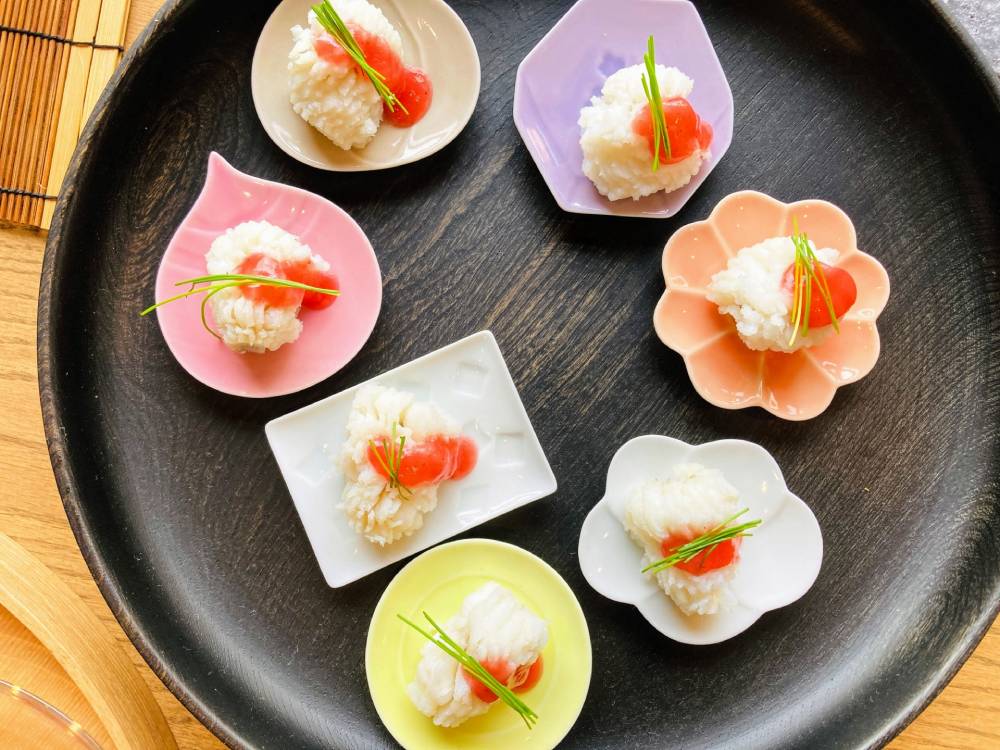

I looked up all the Japanese summer food and I tried everything. Is there anything else?

I want to know less known Japanese summer food the locals eat.
The other day, I have posted the top 10 Japanese summer foods the locals chose on the survey. All the popular summer foods are ranked in, such as watermelon, shaved ice, and chilled ramen noodles.
However, some summer foods I am obsessed with are not introduced. Those foods may not be introduced on blogs and websites as popular Japanese summer foods. Though, they are known among all the Japanese locals and commonly eaten in summer.
Let me introduce those 8 foods to you.
Fava Beans
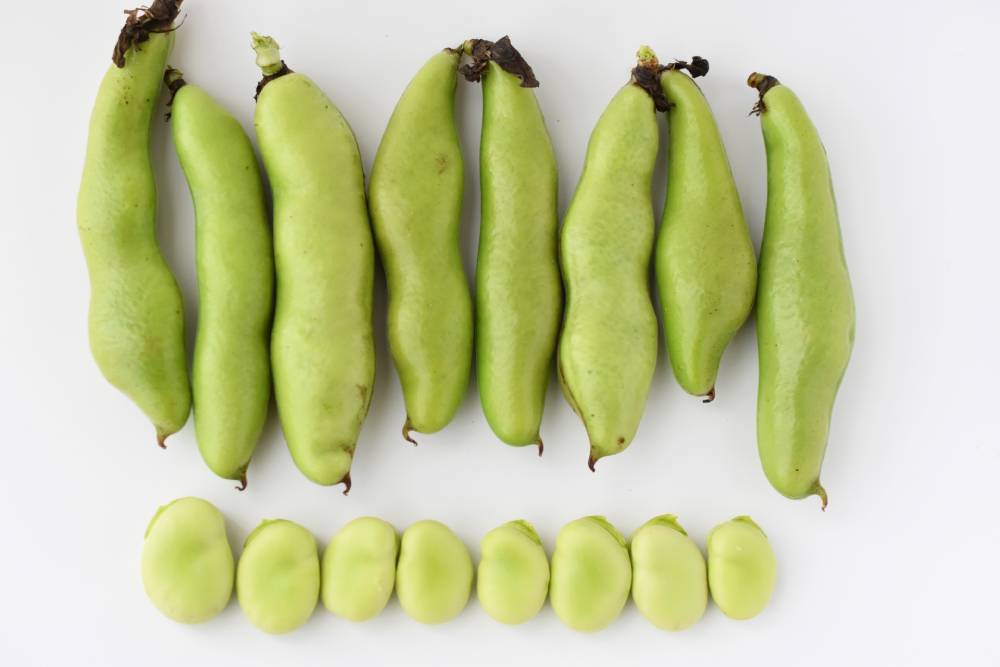
- English: fava bean
- Kanji: 空豆
- Hiragana: そらまめ
- Katakana: ソラマメ
- Pronunciation: sora mame
Also known as broad beans. They are grown and eaten around the world, and popular here in Japan too as a vegetable that signals the coming of early summer. The most common name in Japan is “sora mame“, but also called “natsu mame“, which means “summer bean“.
Fava beans let off a strong order when boiled, but they taste so good. They are buttery, nutty, creamy, earthy, slightly sweet, and slightly bitter. Fava beans and edamame are often compared but they are totally different. Fava beans are softer and more buttery. I personally like fava beans better.
The common recipe is boiling with salt. Here is the detailed recipe.
Its season is very short, May and June. Don’t miss it because it is only available at that time!
Japanese Peach
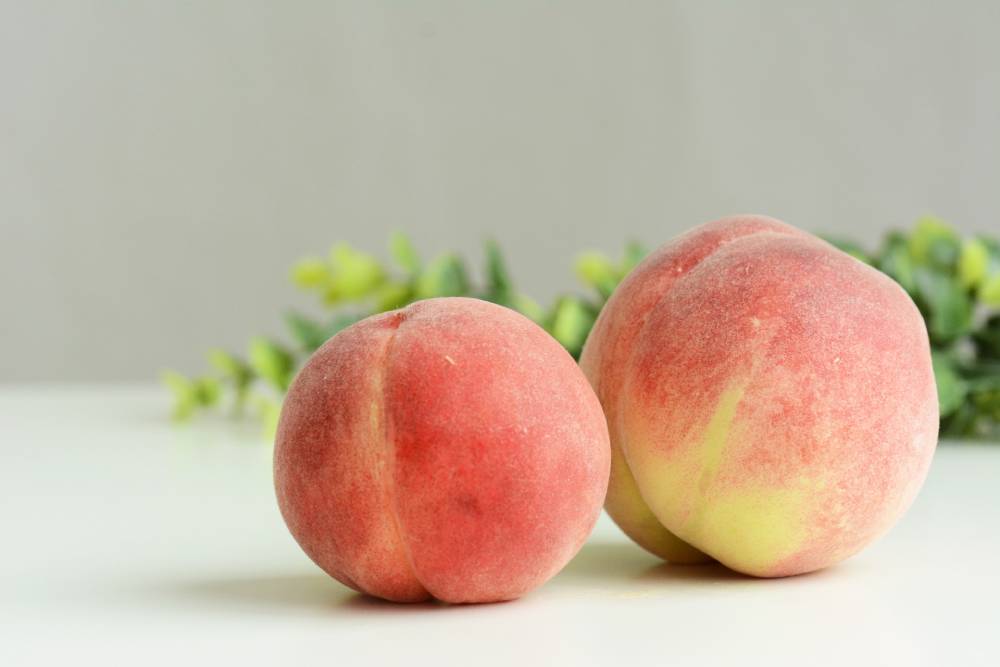
- English: peach
- Kanji: 桃
- Hiragana: もも
- Katakana: モモ
- Pronunciation: momo
Japanese peaches are different from Western peaches. They are larger and softer with white and pink flesh. The meat is so juicy and silky smooth almost melts in your mouth. They have a sweet aroma that makes you feel so elegant.
Japanese people prefer to peel peaches and cut them. Biting into a juicy fruit makes a huge mess.
Japanese peaches are very delicate and get bruised very easily, so they are grown and harvested very carefully. Thus, Japanese peaches tend to be expensive. One peach costs 200 – 400 JPY on average.
Karashi Zuke
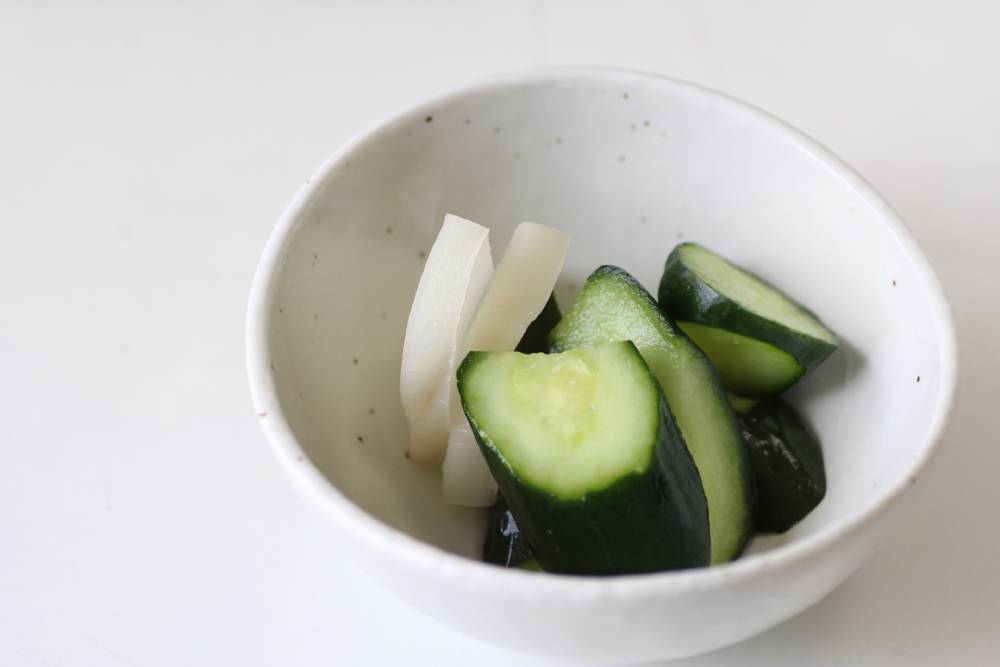
- English: vegetable pickled in mustard
- Kanji: 辛子漬け
- Hiragana: からしづけ
- Katakana: カラシズケ
- Pronunciation: karashi zuke
“Karashi zuke” is a vegetable pickled in “karashi” (Japanese mustard)”, salt, and sugar. “Karashi” has a very hot and spicy taste, unlike western mustard. “Karashi zuke” is hot, spicy, crunchy, and refreshing, so perfect for a side dish or an appetizer.
Any vegetables can be used, such as eggplants, Japanese daikon radish, and turnips. Of all others, cucumbers are the most popular vegetable for “Karashi zuke“.
The recipe is super easy. All you need to do is pickle the vegetable you like with powder karashi, salt, and sugar for half a day to a day. You can also use a karashi zuke mix available at grocery stores for 100 – 200 JPY. “Karashi zuke” mix is displayed prominently at the grocery store nearby me in the summer, so I must not the only one who crave “Karashi zuke” in the summer.
Shiso Juice
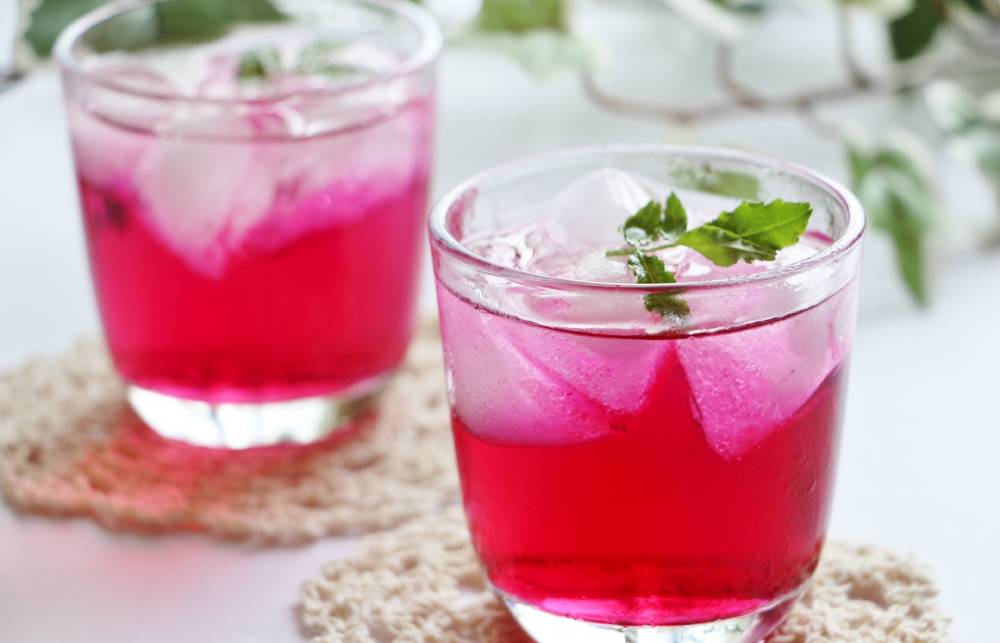
- English: red perilla juice
- Kanji: 紫蘇ジュース
- Hiragana: しそじゅーす
- Katakana: シソジュース
- Pronunciation: shisho juice
“Shiso” refers to perilla, a Japanese herb in the mint family. We have green perilla and red perilla, and they taste different. Red perilla is commonly used for perilla juice.
Red perilla juice, called “shiso juice” in Japanese, is a perfect drink recovering from summer fatigue on a hot sunny day. Red perilla is rich in vitamins and minerals, and folate. It is said that red perilla has a detoxification effect, and the rosmarinic acid contained in red perilla is good for those on a diet.
Red perilla juice is not available at convenience stores and grocery stores. People make homemade juice, and it’s super easy to make. You boil red perilla leaves for few minutes, take them out, and add some sugar and vinegar or lemon juice. Here is the more detailed recipe.
The juice has a beautiful vivid pink color and a refreshing taste. It’s sour but sweet, I think it tastes similar to hibiscus tea.
Ume Juice
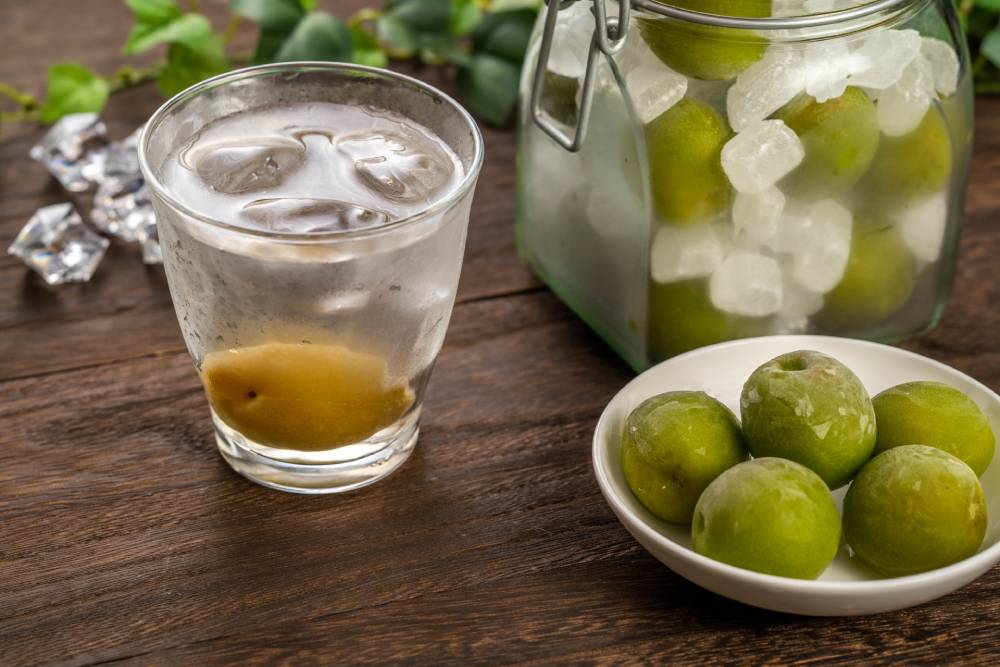
- English: plum juice
- Kanji: 梅ジュース
- Hiragana: うめじゅーす
- Katakana: ウメジュース
- Pronunciation: ume juice
Another popular summer drink is “ume juice“.
“Ume” is a species of Asian plum in the family Rosaceae, often referred to as plum. Ume fruits are harvested in the summer, and often pickled as “umeboshi“.
“Ume juice” is another popular way to enjoy ume. It has a sweet, tart, and fruity flavor with the floral fragrance of ume.
Ume fruit is rich in vitamins, minerals, and potassium. It is said that it is effective for recovering from fatigue and helps make your blood flow smooth.
Unfortunately, “ume juice” is not commercially available. People make homemade “ume syrup“, and add some water or carbonated water to make “ume juice“. “Ume syrup” is made from only 2 ingredients, green, unripe ume, and white rock sugar. All you need to do is put them in the jar and simply wait for 10-14 days. Here is the more detailed recipe.
Loquats
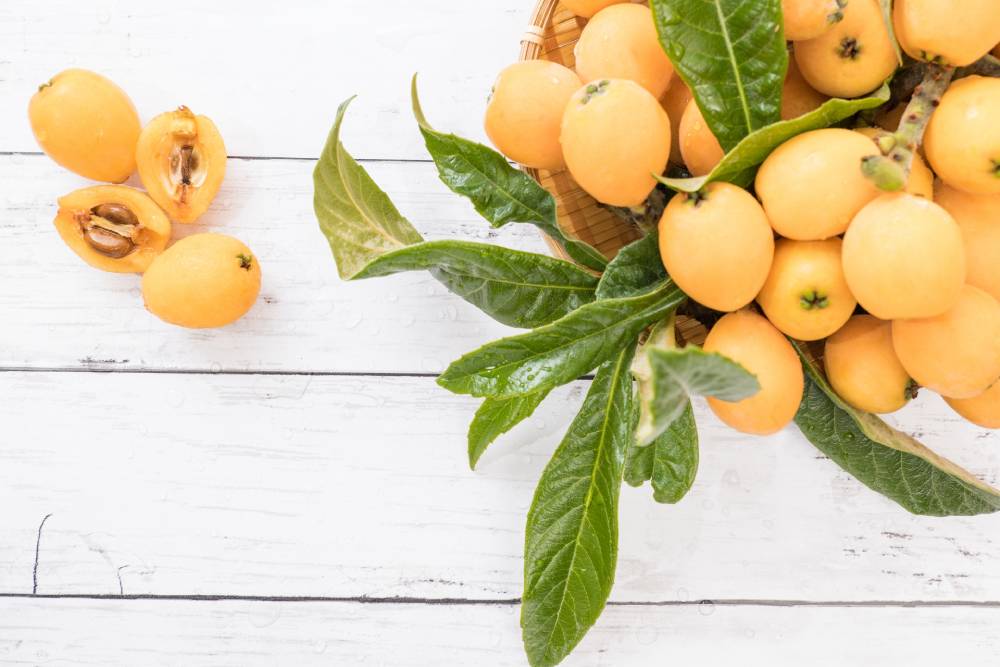
- English: loquat
- Kanji: 枇杷
- Hiragana: びわ
- Katakana: ビワ
- Pronunciation: biwa
Loquats are orange fruits originally from China. Also known as Japanese medlar.
Loquats are sweet and slightly tart with notes of citrus. They have smooth and firm textures similar to apricots. Rich in fiber, β-carotene, polyphenol, potassium, vitamins, and minerals.
Loquats can be eaten raw. The skin of loquat is easily peeled and discarded with your fingers. Make sure to remove the seeds inside the fruit. Loquat seeds contain a natural toxic substance called amygdalin, which contains prussic acid.
Generally, they are available from April to July, but the best time to have them is early summer, May and June.
Anago
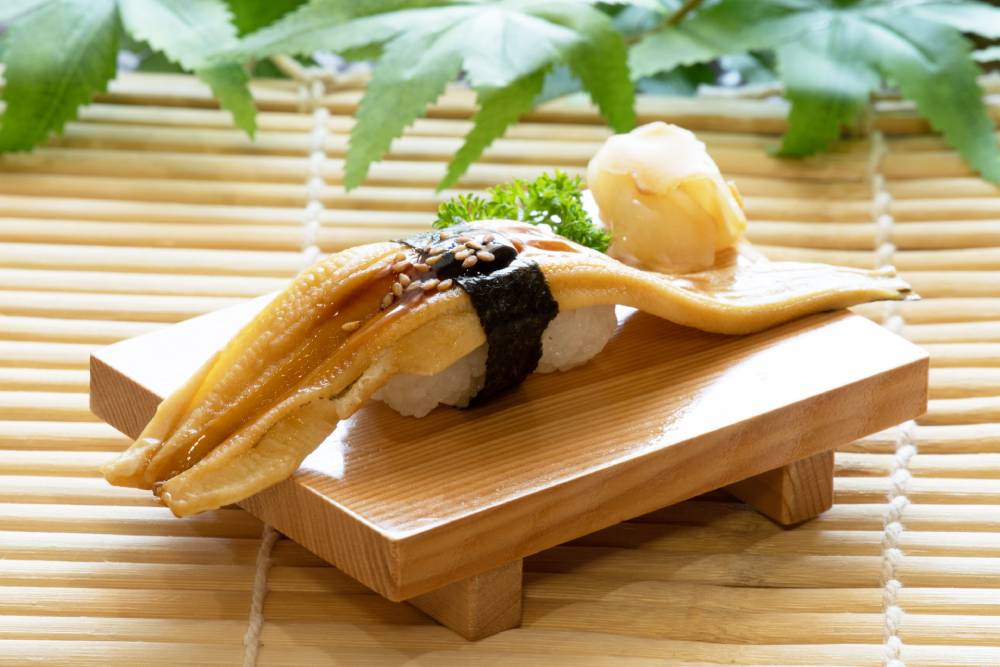
- English: conger eel
- Kanji: 穴子
- Hiragana: あなご
- Katakana: アナゴ
- Pronunciation: anago
“Anago” looks like “unagi“, but is it different. “Anago” refers to the conger eel, whereas “unagi” refers to freshwater eel.
The most common way to prepare “anago” is suhi topping or tempura. Unagi is usually found as “unagi no kabayaki“, grilled eel dressed with a sweet and salty sauce, or “Shira yaki“, grilled without the sauce and seasoned only with salt.
Generally, summer is the best season for “anago“. “Anago” in summer is low in fat, and it tastes light, delicate, and plain. In general, a fish is in the season when it is fatty, but “anago” is the opposite. “Anago” tastes best in summer because it becomes less fatty in summer. Anago is the fish its light taste is prefered.
Hamo
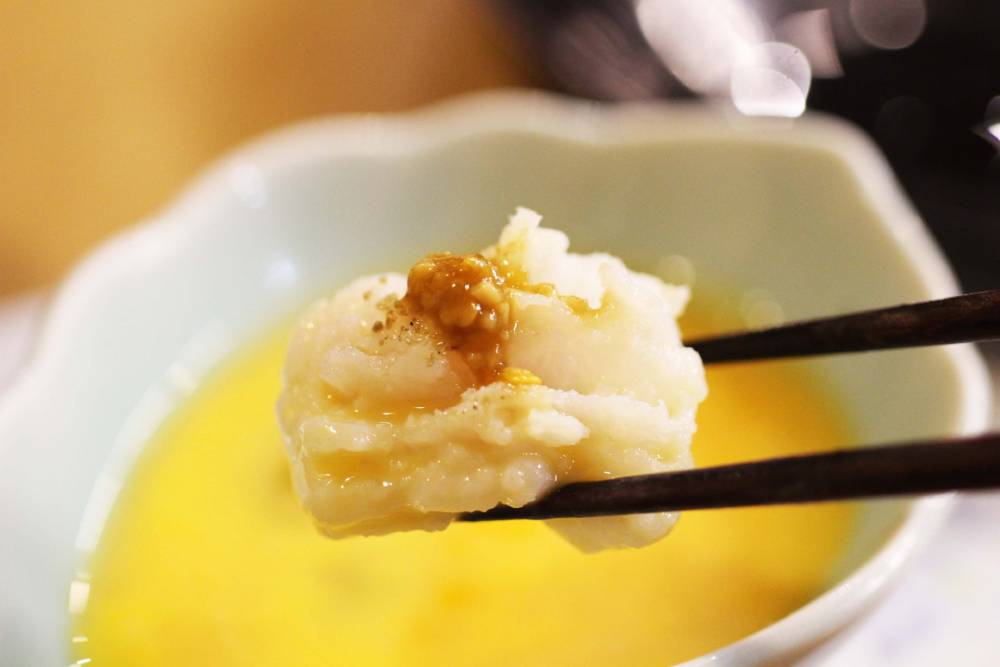
- English: daggertooth pike conger
- Kanji: 鱧
- Hiragana: はも
- Katakana: ハモ
- Pronunciation: hamo
“Hamo” refers to “daggertooth pike conger” in English. It looks like “unagi” and “anago” but again, it is a different fish.
Since there are many little bones and it requires skill and a lot of time to prepare, it is rarely eaten at home. It is popular in the Kansai region, especially in Kyoto as a seasonal feature of the early summer. It is generally said that “hamo” is the softest and most delicious in June and July before spawning.
Summary
8 less known summer foods Japanese locals love
- Fava beans
- Japanese peach
- Karashi zuke
- Shiso juice
- Ume juice
- Loquats
- Anago
- Hamo

Thank you for reading!

Did you find the food you have never tried? Do you know any summer food that is not introduced in this article?
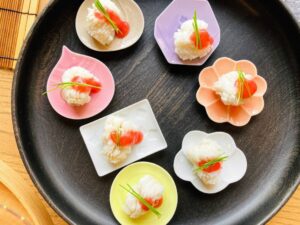
 Comment
Comment

 Home
Home 01/13/2023
01/13/2023